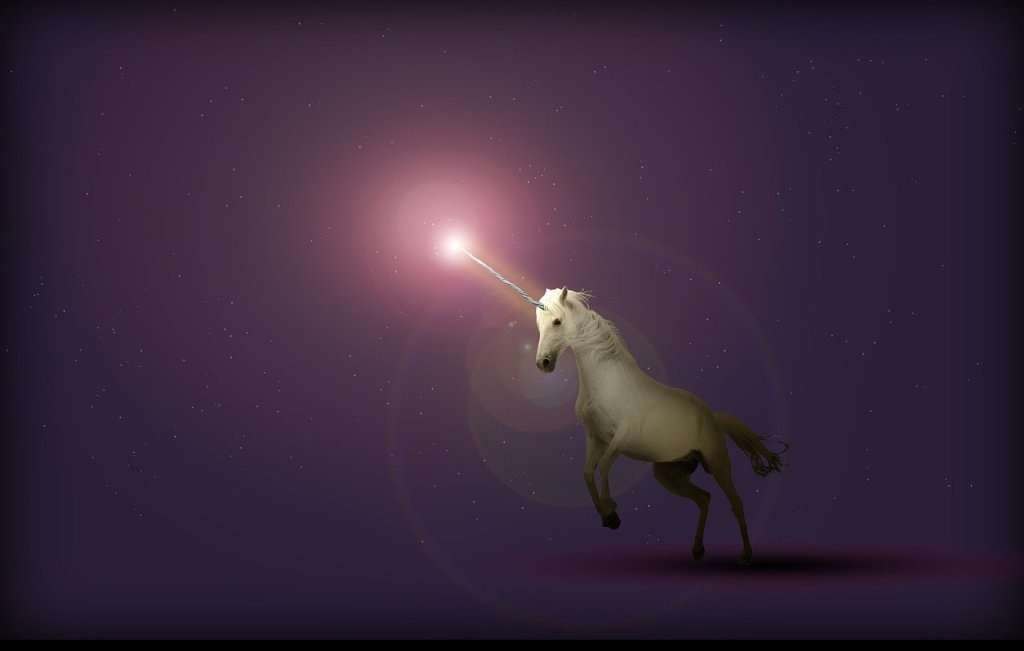Prepare to embark on a captivating journey into the realm of one-horned creatures, those mythical beings that have intrigued cultures worldwide. While unicorns differ in their portrayal across various societies, they hold significant associations within European lore.
Let’s rewind to the first century AD, where the renowned Roman natural historian Pliny the Elder chronicled fascinating accounts of unicorns. These captivating creatures found their place in medieval Christian and Celtic beliefs, ultimately being adopted as Scotland’s national animal. As European influence expanded through colonization, the prominence of unicorns in European culture spread across the globe, reaching even the far corners of southern Africa.
In this intriguing context, colonial European ideas encountered ancient indigenous beliefs surrounding one-horned creatures. Recently, I delved into this enthralling topic in a research article, specifically exploring the presence of unicorn depictions in rock art within the region.
Wait, Unicorns in Africa?
In the age of scientific reasoning, unicorns gradually transitioned from biological creatures to the realm of mythology. However, some remained hopeful that real animals with solitary horns might exist in the uncharted wilds of Africa.
Enter Sir John Barrow, the intrepid English traveler, writer, and politician of the 18th century. Rumors of “unicorns” reached Barrow’s ears through encounters with colonists and locals during his journeys across southern Africa. Intrigued, he embarked on a quest to find evidence of these creatures, particularly in the rock paintings created by the indigenous San (Bushman) inhabitants of the region. Despite his efforts, Barrow’s search proved unsuccessful, except for one discovery in the mountains of what is now the Eastern Cape province—a copied image of a unicorn.

However, skeptics were quick to challenge Barrow’s claims. His published copy resembled a European engraving rather than an authentic San rock painting. Critics further argued that the rock paintings depicting unicorns were likely inspired by side-on views of long-horned gemsbok or South African oryxes, or even by rhinos (which, in southern Africa, typically possess two horns instead of one, unlike their Indian counterparts).
Addressing the Criticisms: Rock Art Revelations
Now, let’s shed light on several factors that have come to light since Barrow’s time, challenging the skepticism. My research delves into additional examples of rock paintings featuring one-horned creatures.
Collectively, these portrayals make it clear that rock paintings of one-horned creatures cannot be dismissed as mere naturalistic profiles of two-horned animals, with one horn concealing the other. There is more to the story.

Unveiling the Rain-Animals
Another intriguing aspect of my research addresses early criticisms by shedding light on overlooked indigenous beliefs regarding one-horned beings. It becomes evident that the “unicorns” depicted in indigenous mythology, as well as rock art, are actually representations of animal-like rain entities, commonly known as rain-animals.
The evidence suggests that these rain-animals played a significant role in San ritual, myth, and art. They manifested in diverse forms, ranging from four-legged creatures to serpents, and were ritually captured and sacrificed by San rainmakers to invoke rainfall in specific locations. Fascinatingly, several myths from the |Xam San (Bushman) people tell of a powerful male rain figure, sometimes referred to as the “Rain,” who could transform pubescent girls and their families into frogs as a consequence of breaking initiation taboos.
Within this rich tapestry of beliefs, my paper uncovers a previously overlooked reference to a one-horned water creature. In one variant of a story recounted by Kass’o or Klein Jantje, an expert |Xam storyteller, a “water child” or juvenile rain-animal is described as possessing a single horn. The story, transcribed in phonetic script by Lucy Lloyd (Dorothea Bleek’s aunt) and translated into English, reveals how the girl in Kass’o’s tale defied the rules of her ritual puberty seclusion by visiting a pond and catching and consuming the offspring of the rain, resembling fish. However, when she attempted to catch another one, she encountered a fully grown water creature with a single horn emerging from the water. Thus, we have authentic |Xam San words (“horned rain-child”) describing this particular type of rain-animal, which correlates with the rock paintings discovered in and around the Eastern Cape.
An Intersection of Beliefs: Foreign Influences and Local Adaptations
During the colonial period, indigenous communities were exposed to European depictions of unicorns on crests, badges, buttons, and tales. As recorded instances suggest, the indigenous people of the Cape observed the British royal coat of arms and identified the unicorn within it as their “god.” However, this description, translated from an unknown indigenous idiom, likely signifies the creature’s mythical nature rather than its actual divinity.
Foreign unicorn images may have gradually influenced local beliefs and representations. Some rock paintings of one-horned creatures, dated through accompanying human figures in European attire, exhibit horns pointing upward or forward, resembling the European unicorn, rather than backward like the antelopes, such as the eland, on which many rock paintings of one-horned rain-animals are based.

These remarkable rock art depictions of one-horned animals defy categorization as mere rhinos or antelope. Instead, they represent an independent, indigenous creature, masked by the merging of foreign and local beliefs during South Africa’s colonial era.
The uncanny resemblance between European unicorns and South African “unicorns” can be attributed to chance, while the mixing of beliefs serves as a testament to the complex cultural intersections of the time. It is through indigenous beliefs that we can truly comprehend the significance of these enigmatic creatures, which have found their place in the captivating world of rock art.

Intriguingly, as we explore the mysteries captured in ancient rock paintings, we may uncover even more astonishing tales woven into the fabric of human history—tales that reveal the deep connection between our imaginative realms and the natural wonders that surround us.
For more wonky stories, follow us on Facebook, Twitter, and Instagram.





Leave feedback about this